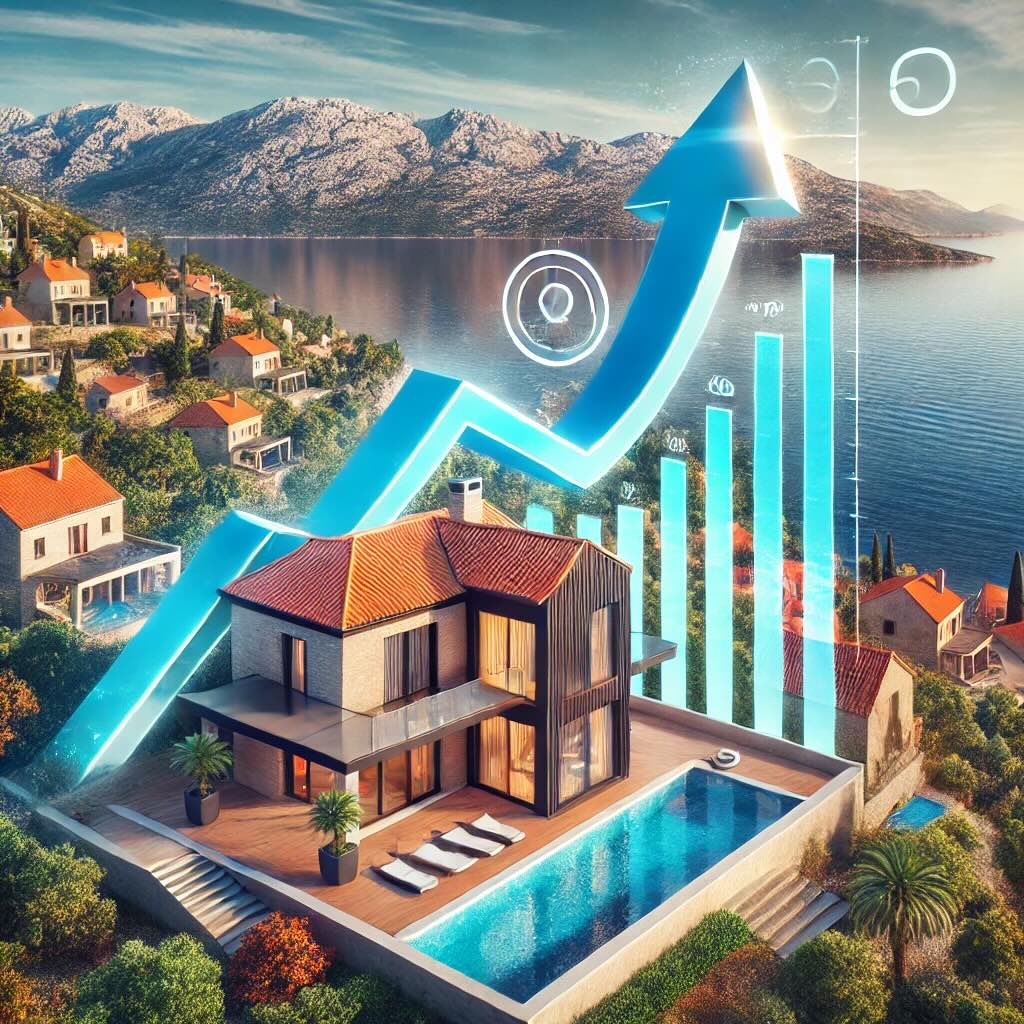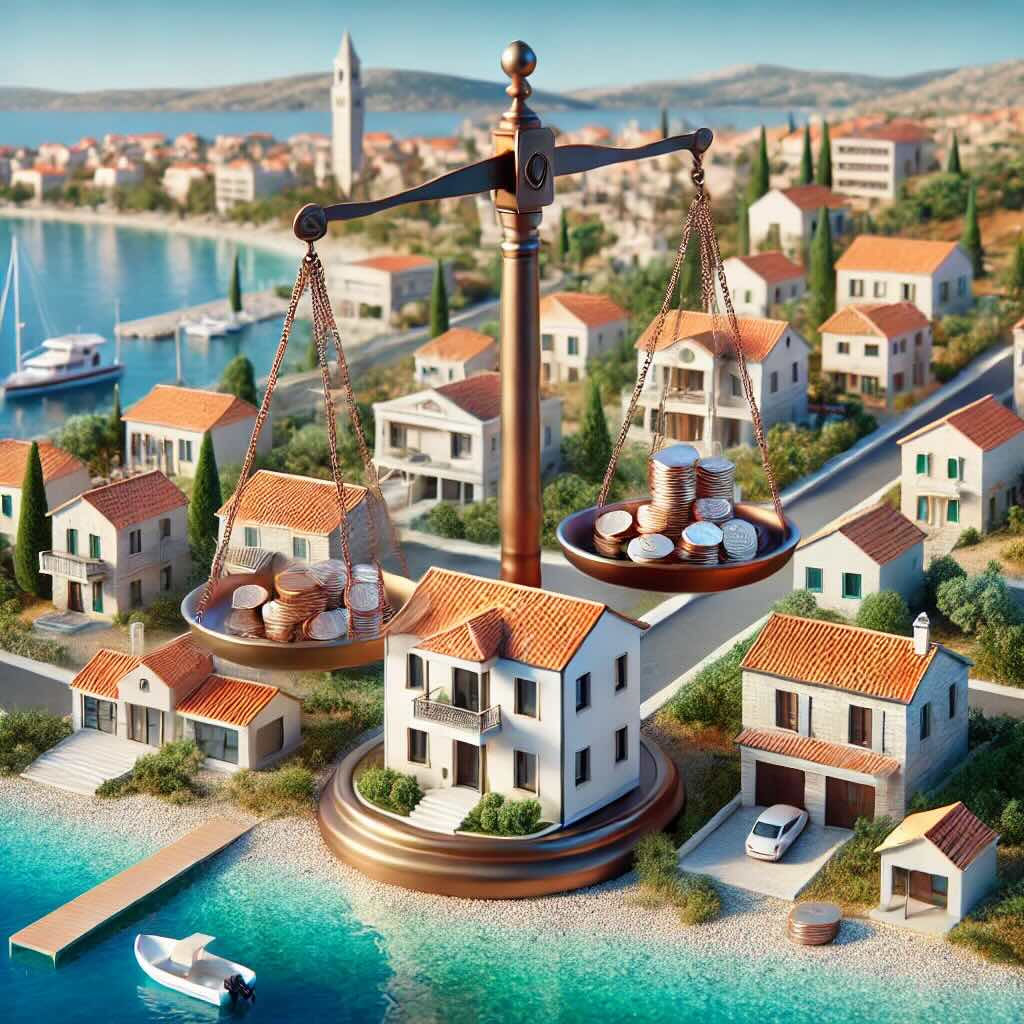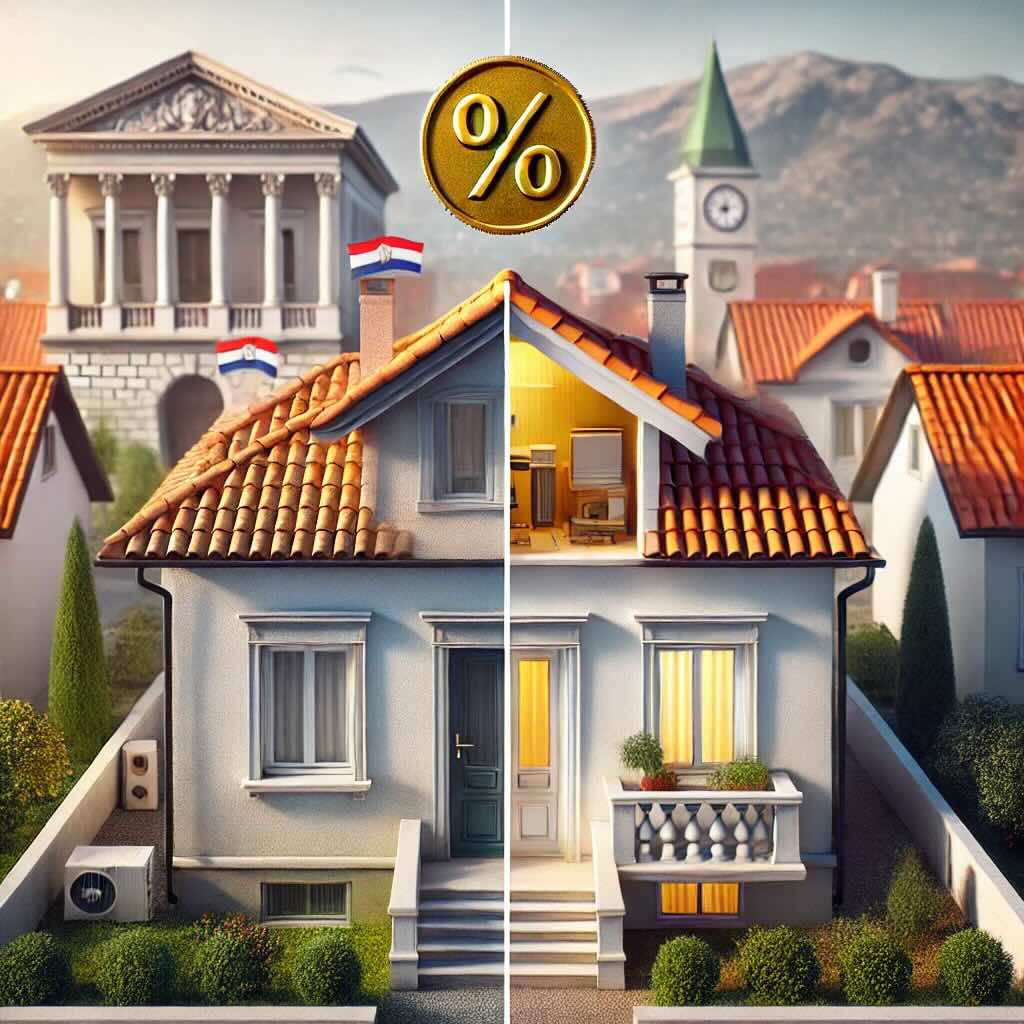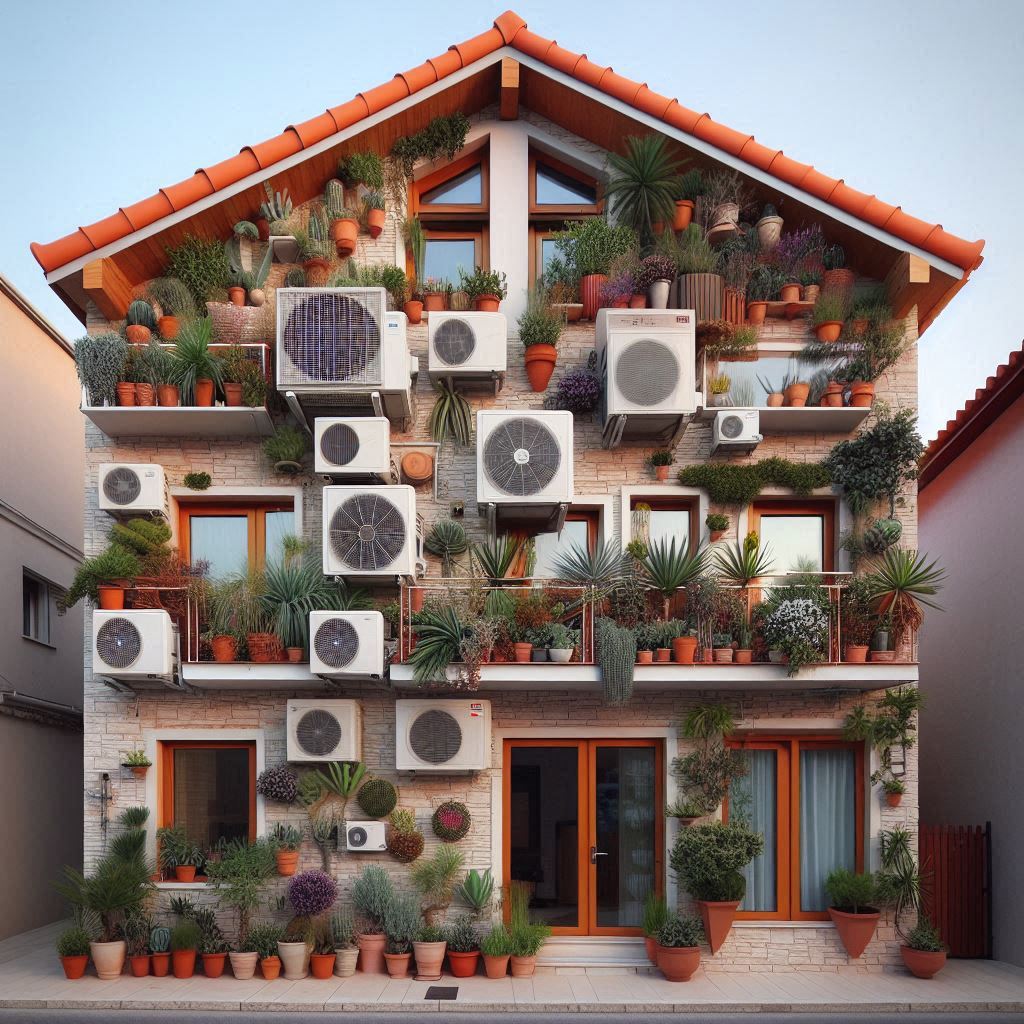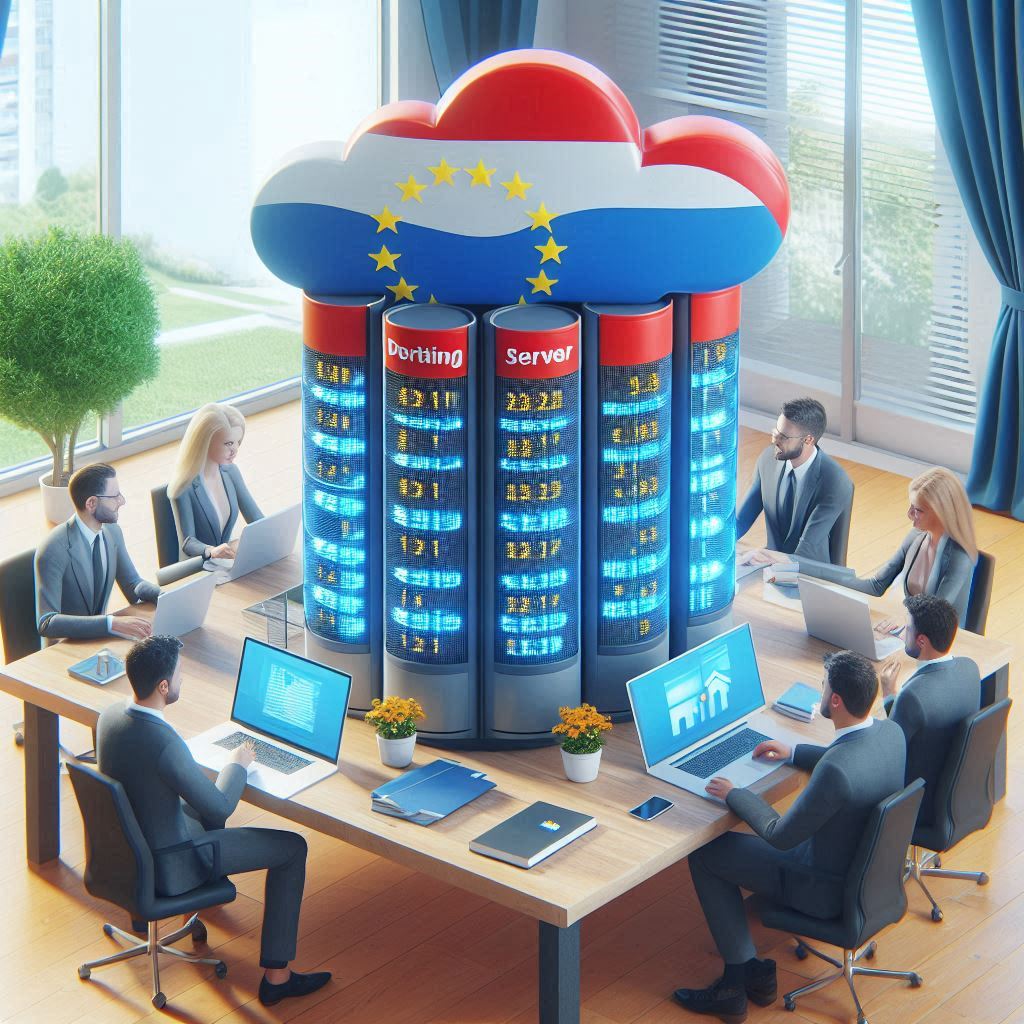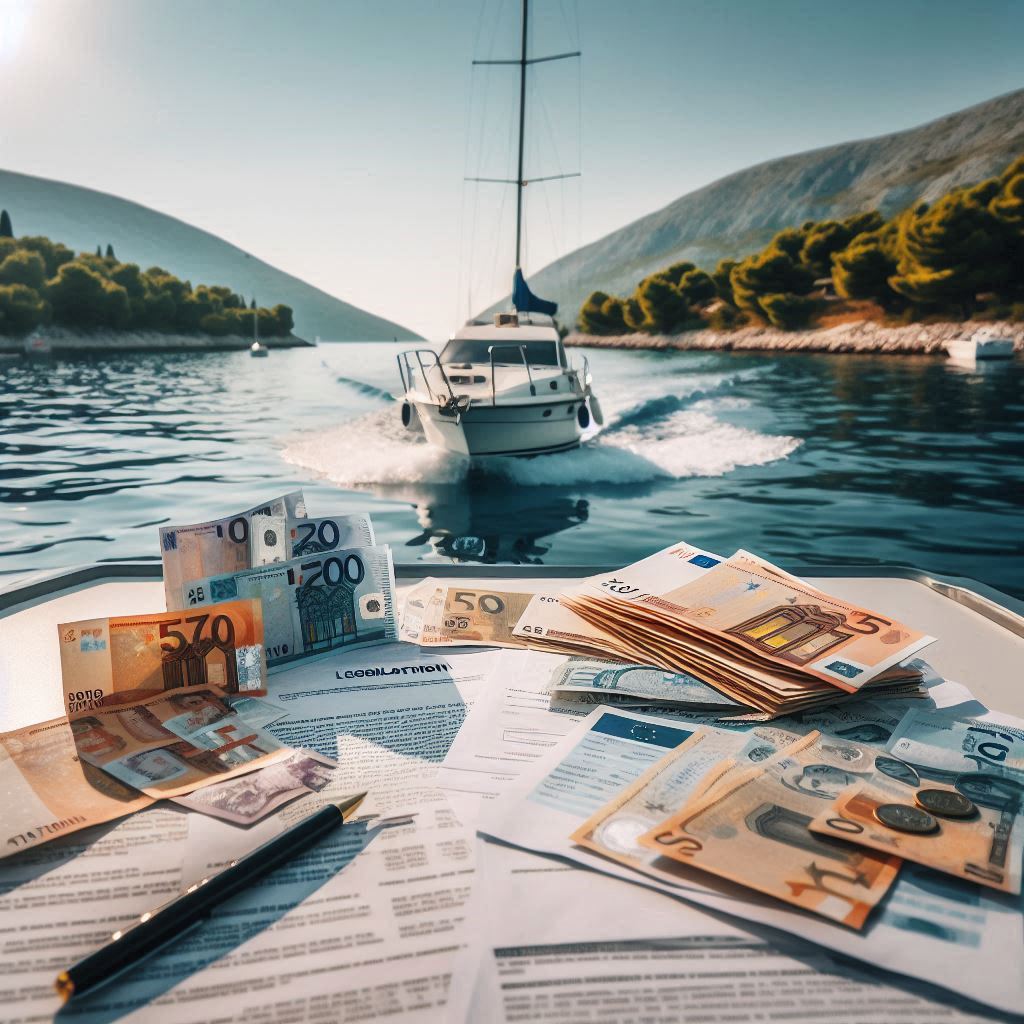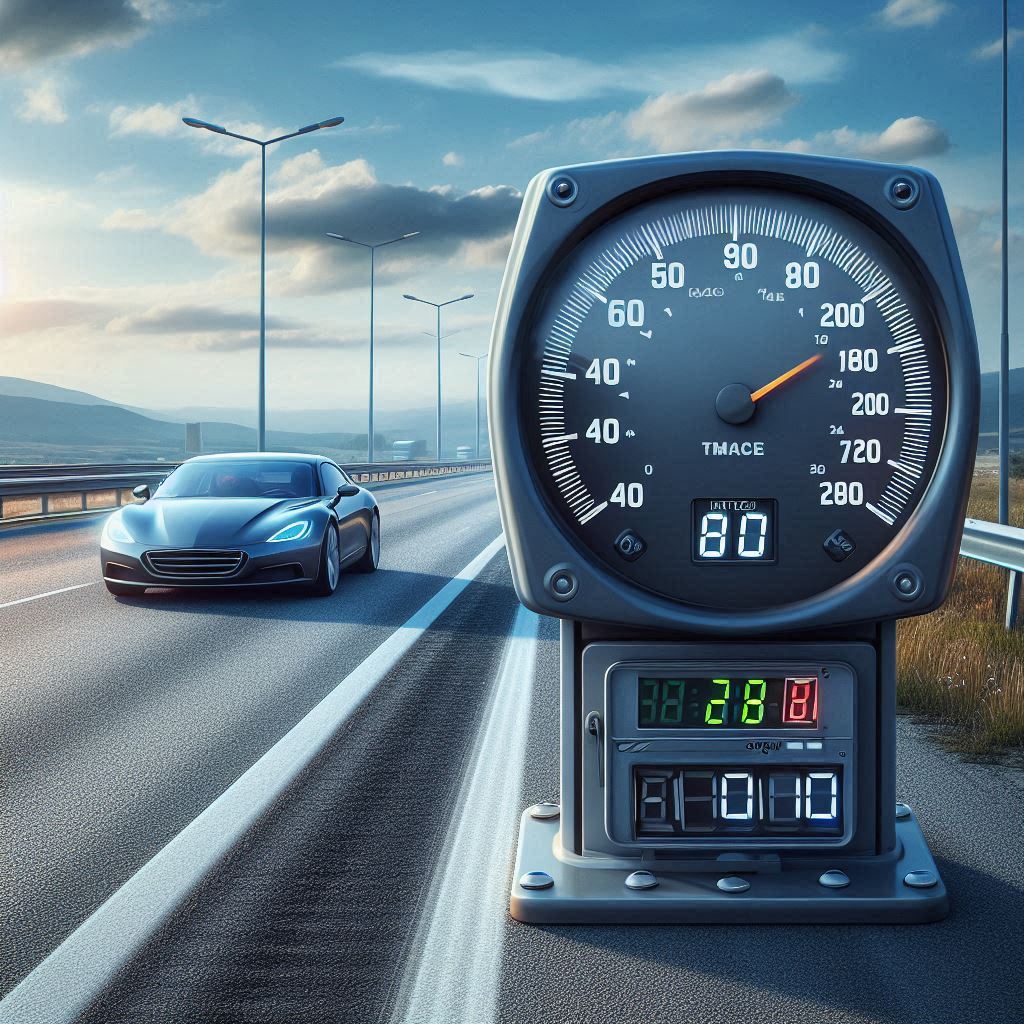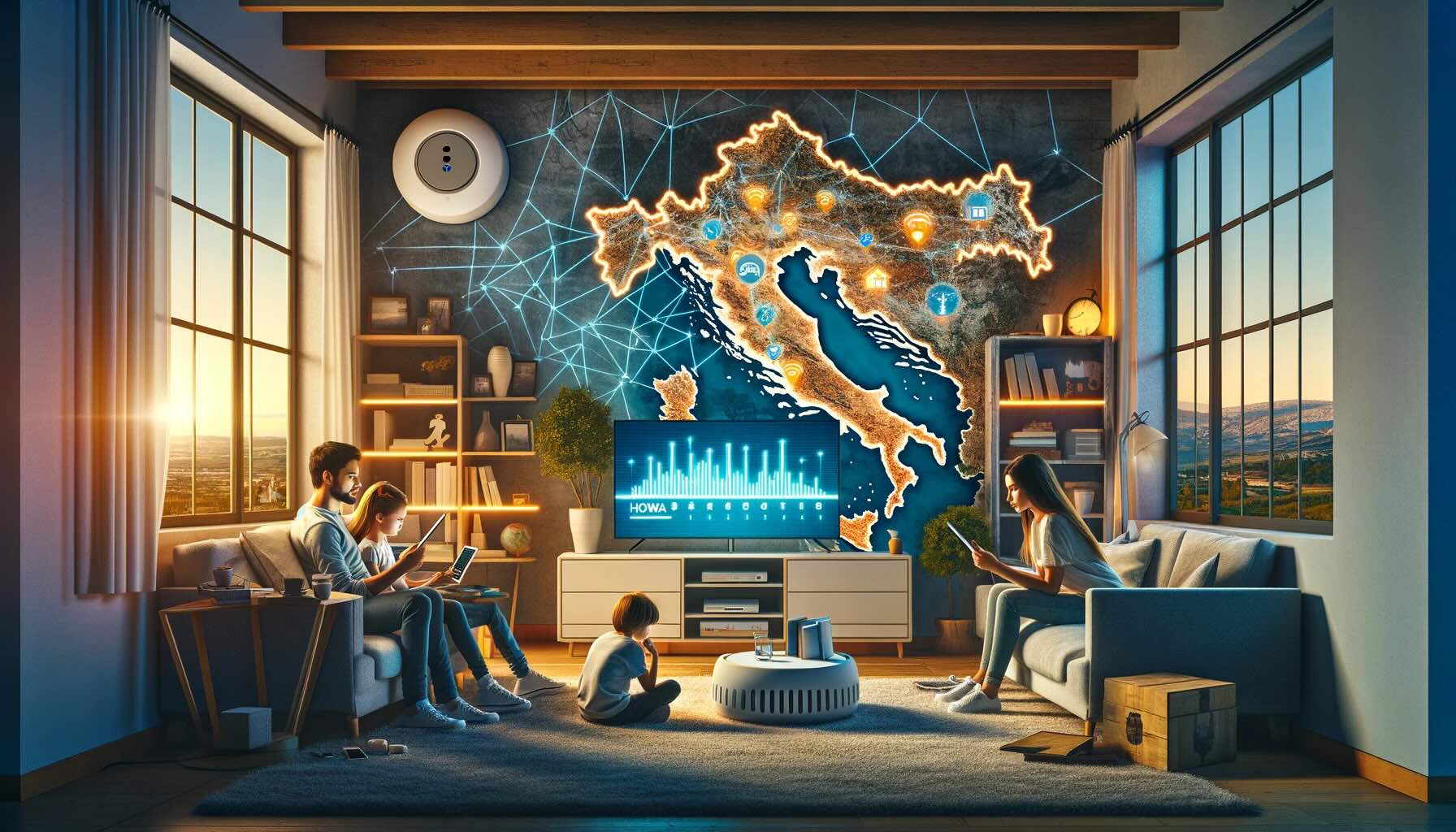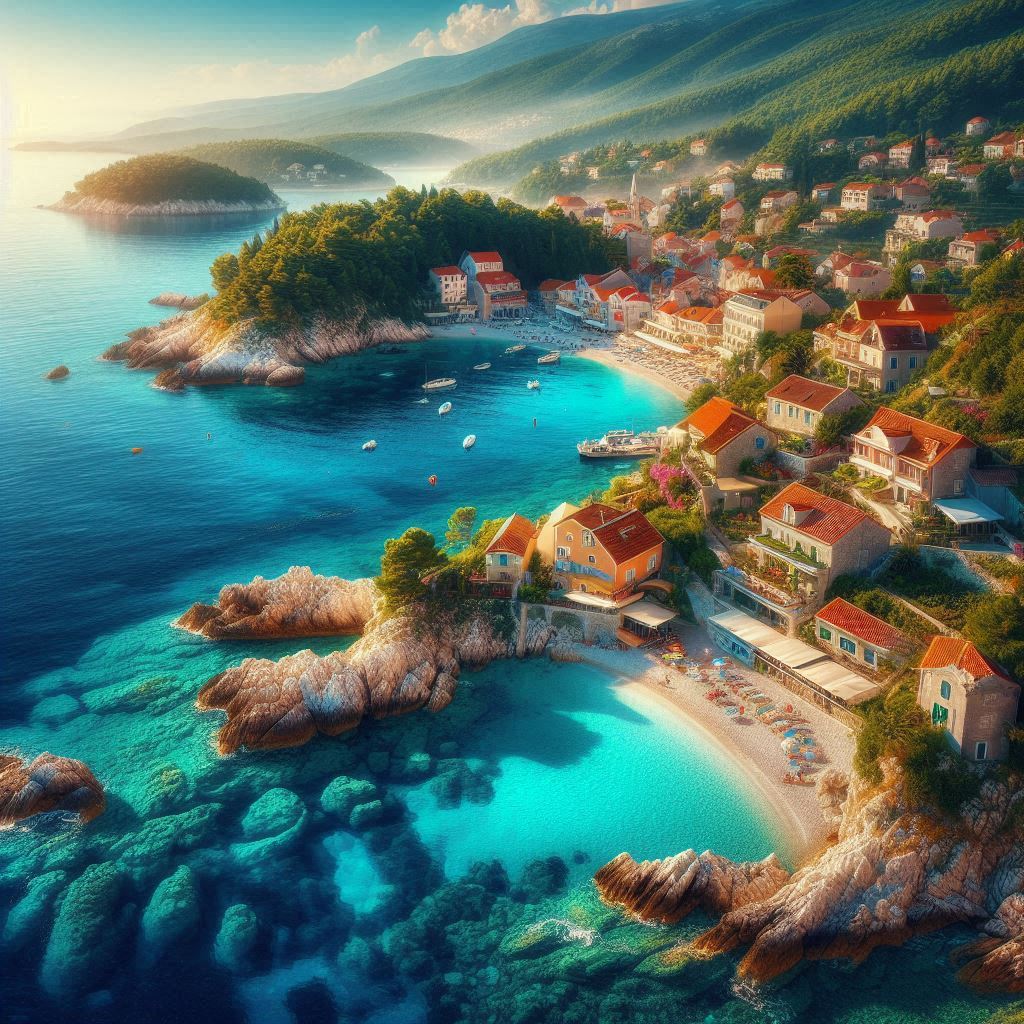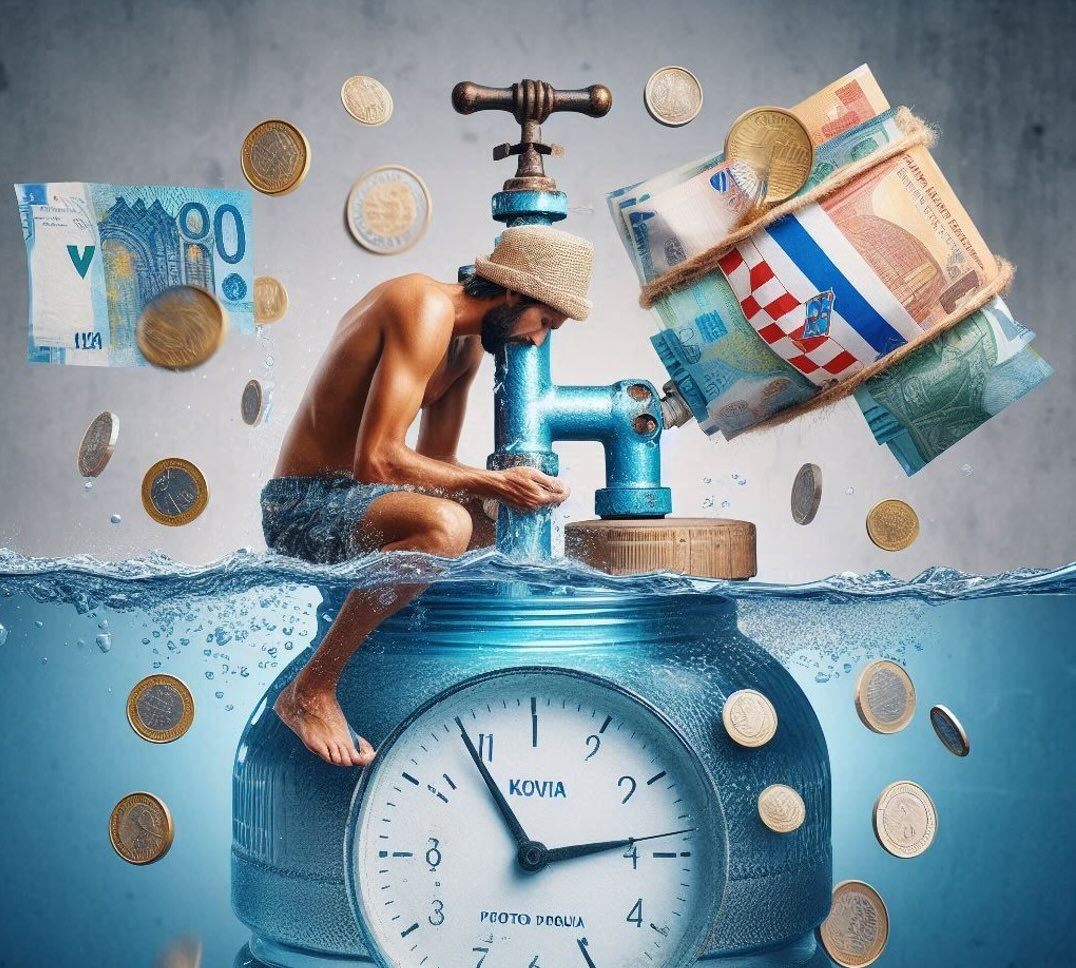
Energy Costs
The price of electricity in Croatia is around 0.13 EUR per kWh for households and 0.08 EUR per kWh for industrial consumers. Photovoltaic power plants can generate electricity at a cost of less than 0.05 EUR per kWh, making their installation an economically advantageous investment.Subsidies
Croatia provides various forms of support for renewable energy sources, including photovoltaic systems. The European Union, through the Horizon 2020 program, offers funding of up to 70% of the installation costs of photovoltaic power plants. The Croatian government also offers additional tax incentives and grants.Benefits
1. High Solar Radiation: Croatia's coastal areas average 2600 to 3000 hours of sunshine per year, which is ideal for solar energy production.2. Economic Savings: Investment in photovoltaic systems can pay off within 5-7 years due to low operating costs and stable energy production.
3. Environmental Benefits: Reduction of greenhouse gas emissions and dependence on fossil fuels.
4. Stable Energy Production: Photovoltaic systems provide stable and predictable performance, which is advantageous for planning energy needs.
Drawbacks
1. Climatic Conditions: Salty air and high humidity can accelerate the corrosion of metal parts and reduce the efficiency of solar panels. This increases maintenance costs and can shorten the lifespan of the equipment.2. Wind Gusts: Strong winds can cause mechanical damage to panels and mounting structures. The installation must be robust and wind-resistant, which increases initial investment costs.
3. Maintenance Costs: Higher maintenance frequency due to the deposition of salts and dust on the panel surfaces, which reduces their efficiency. Regular maintenance includes cleaning the panels and checking their integrity.
Maintenance Challenges
Photovoltaic power plants in coastal areas require specific measures due to the corrosive effects of salty air and windy conditions. Some of the measures include:1. Anti-corrosion Protection: Use of special anti-corrosive materials and coatings on metal parts.
2. Regular Cleaning: The panel fields must be regularly cleaned of salt and dust, which can be costly and time-consuming.
3. Sturdy Constructions: The structures must be designed to withstand strong winds, which involves the use of robust materials and stronger foundations.
Placing photovoltaic power plants in Croatia's coastal areas offers significant economic and environmental benefits due to the high solar radiation and available subsidies. However, these installations require increased attention to maintenance and resistance to adverse climatic conditions, which can raise overall costs. With proper planning and the use of modern technologies, photovoltaic power plants in these areas can be a long-term profitable and sustainable investment.















